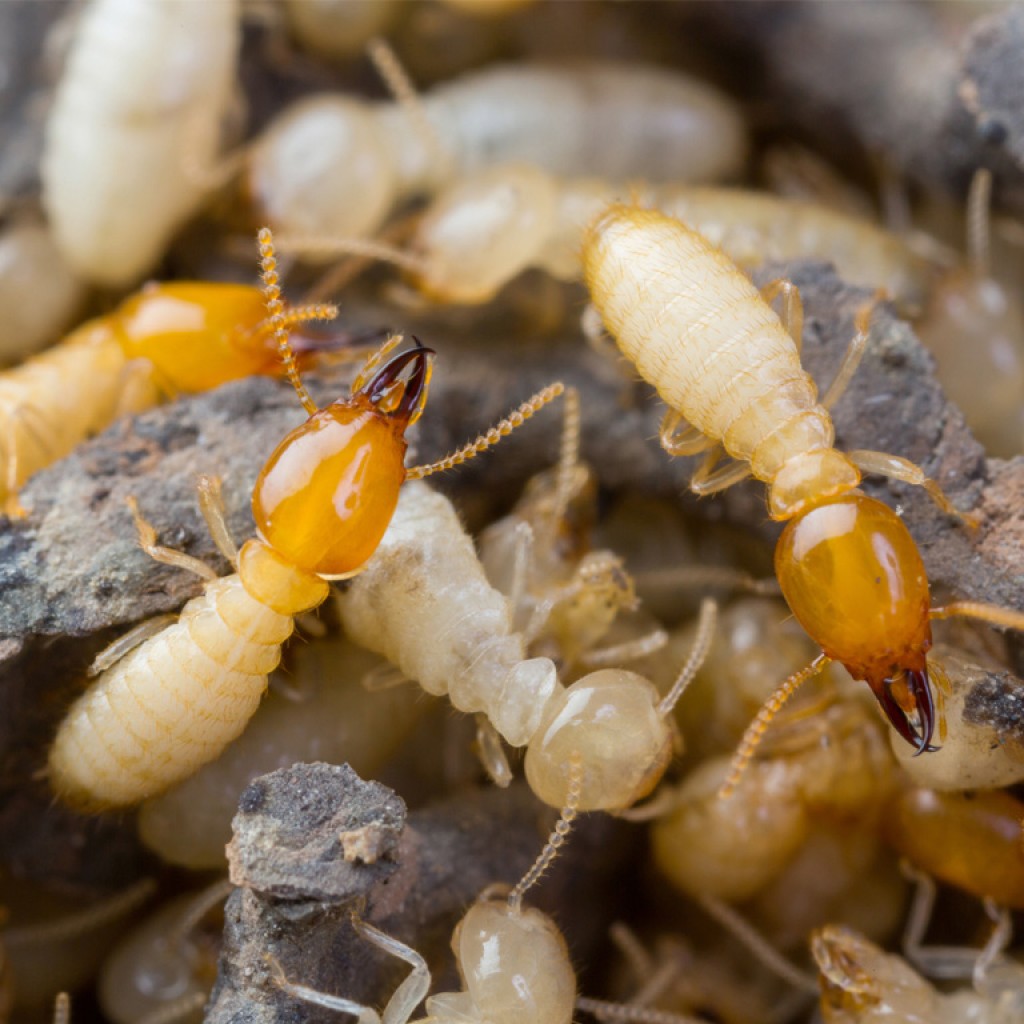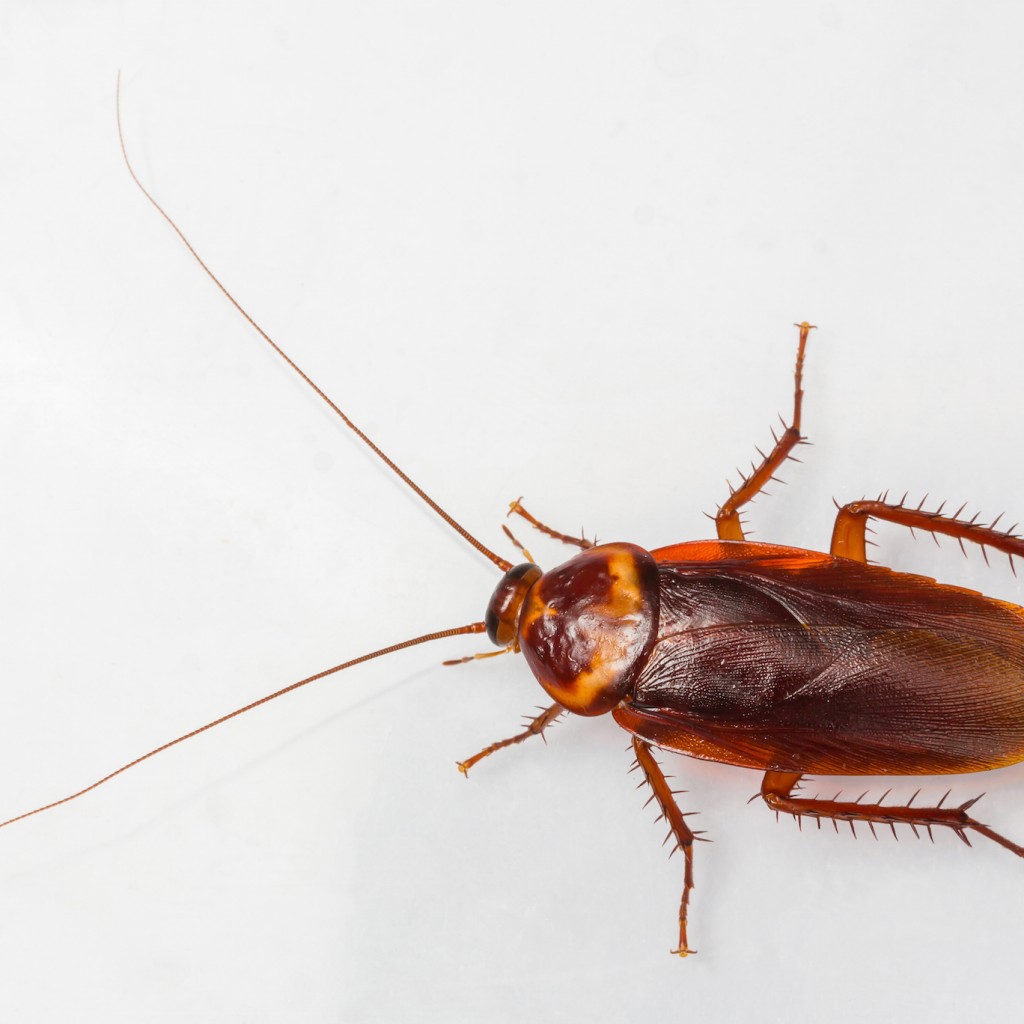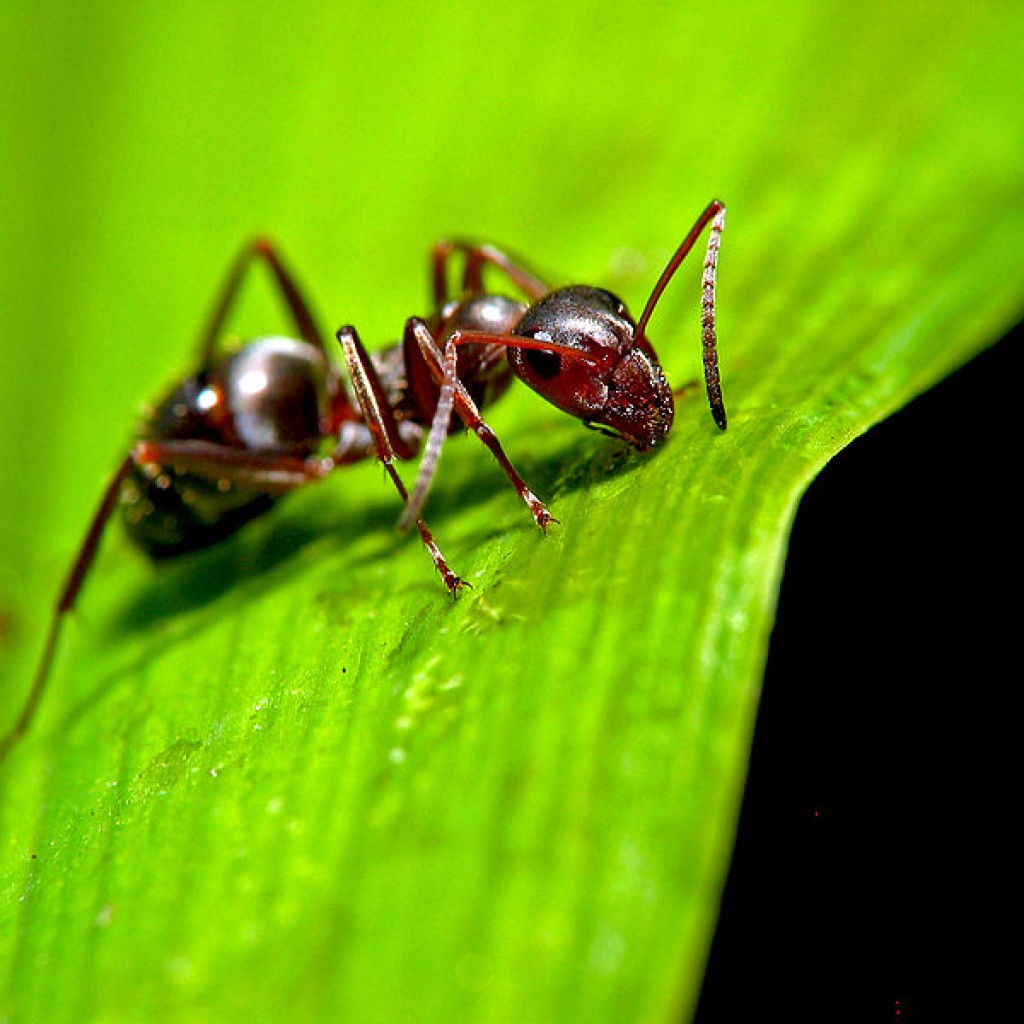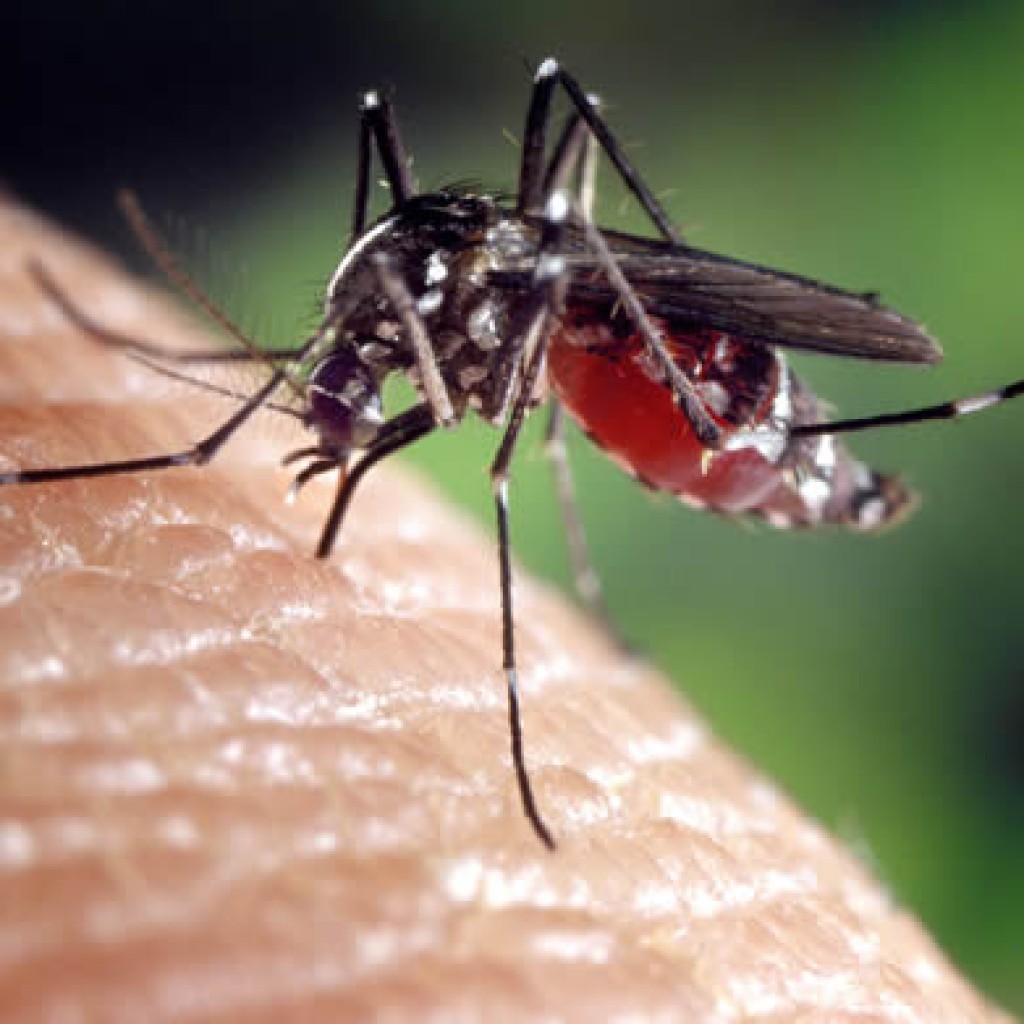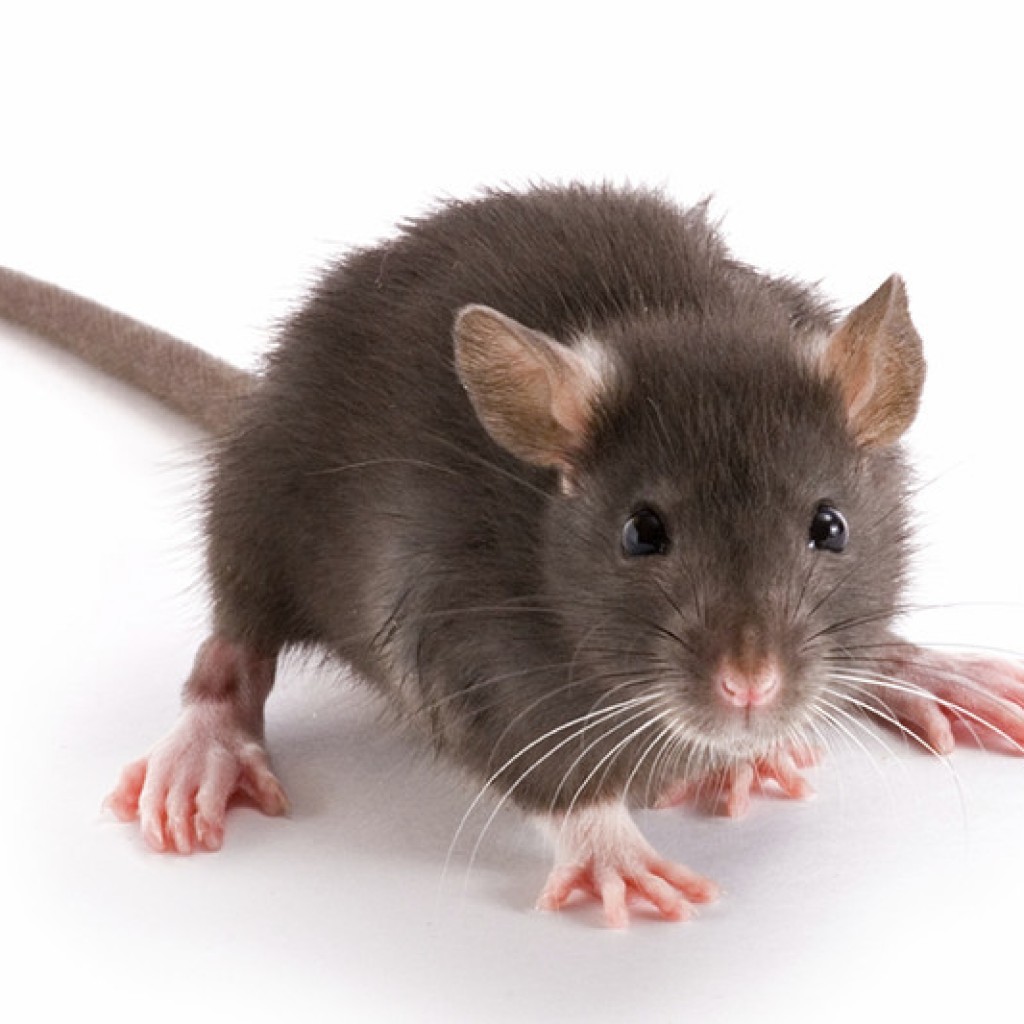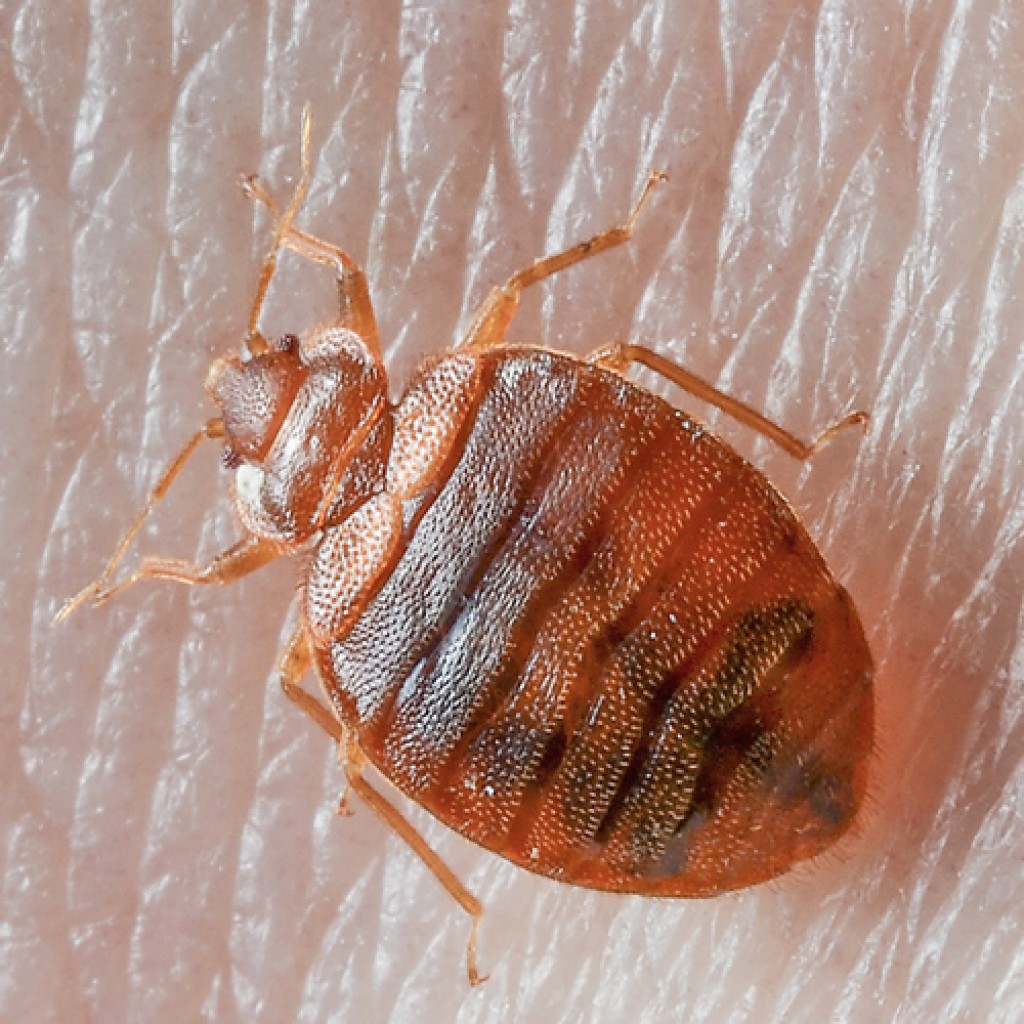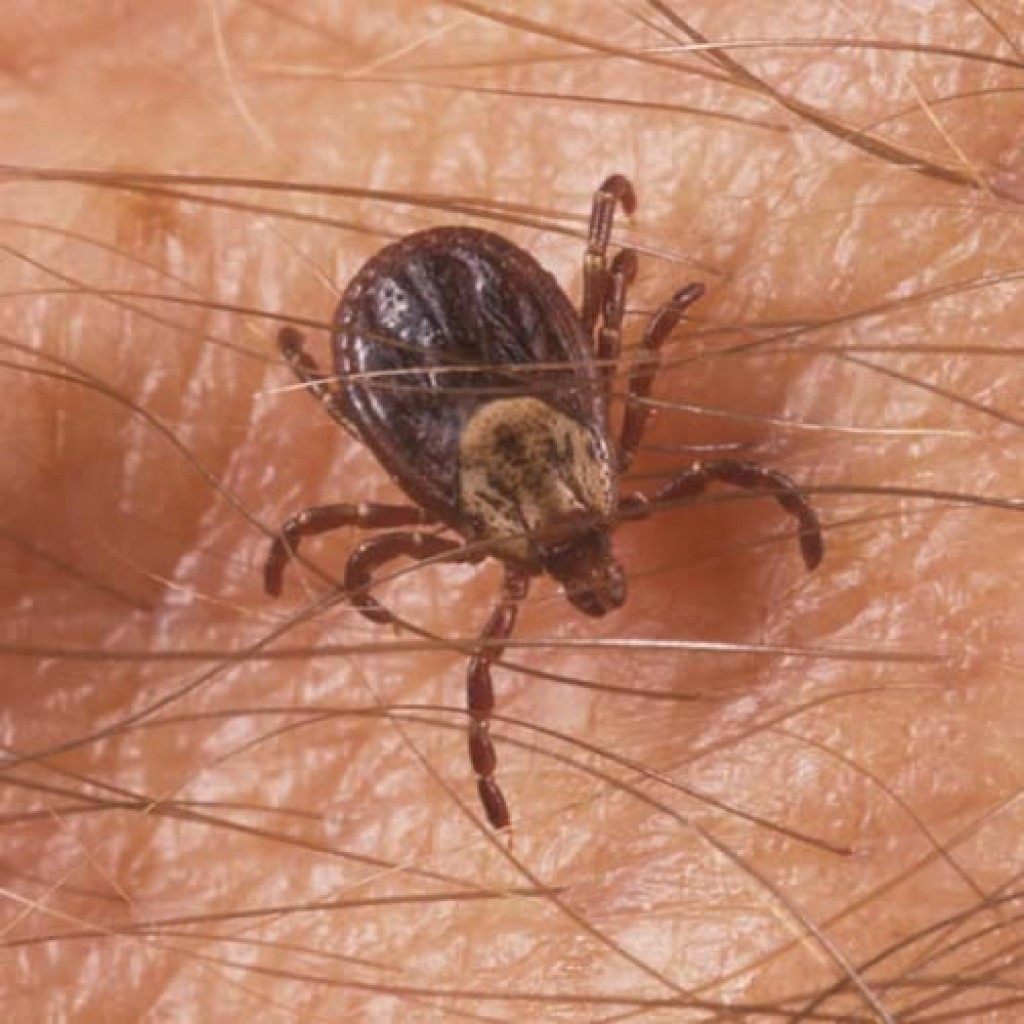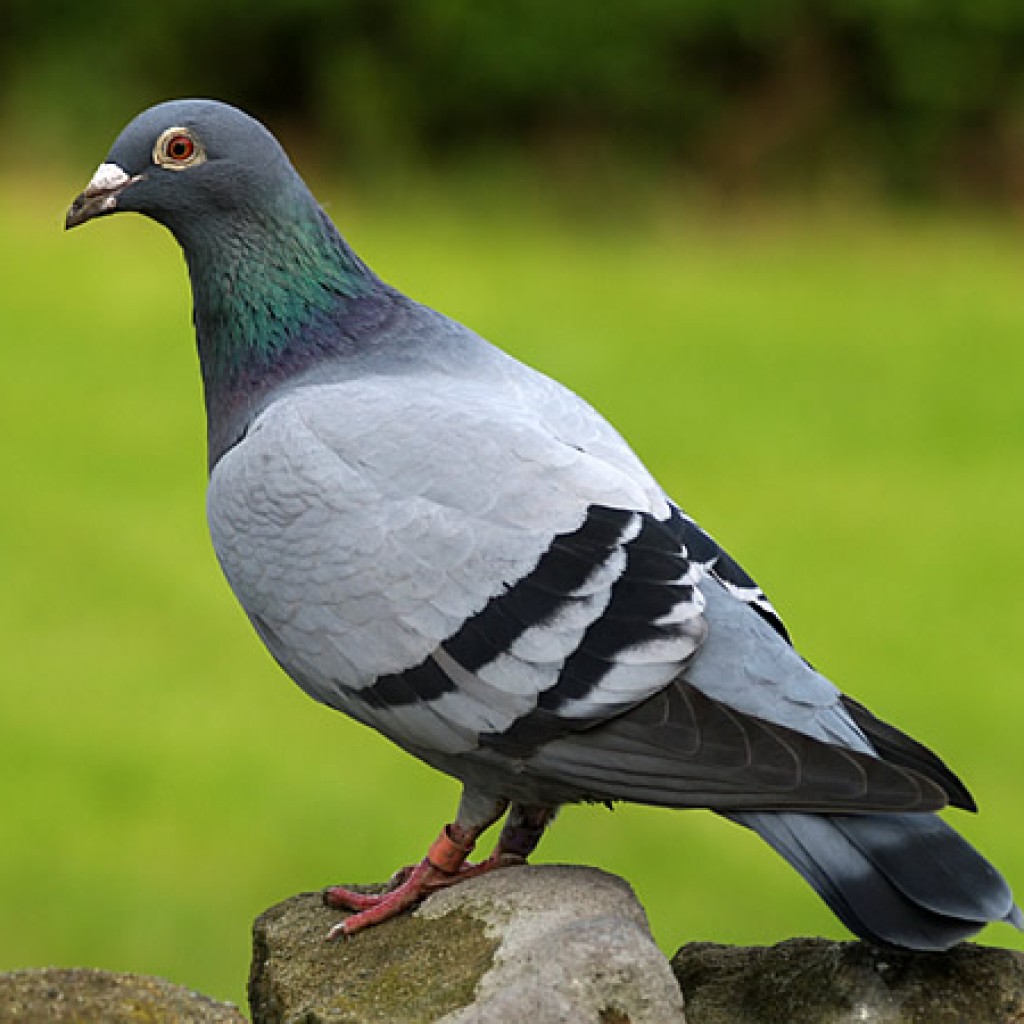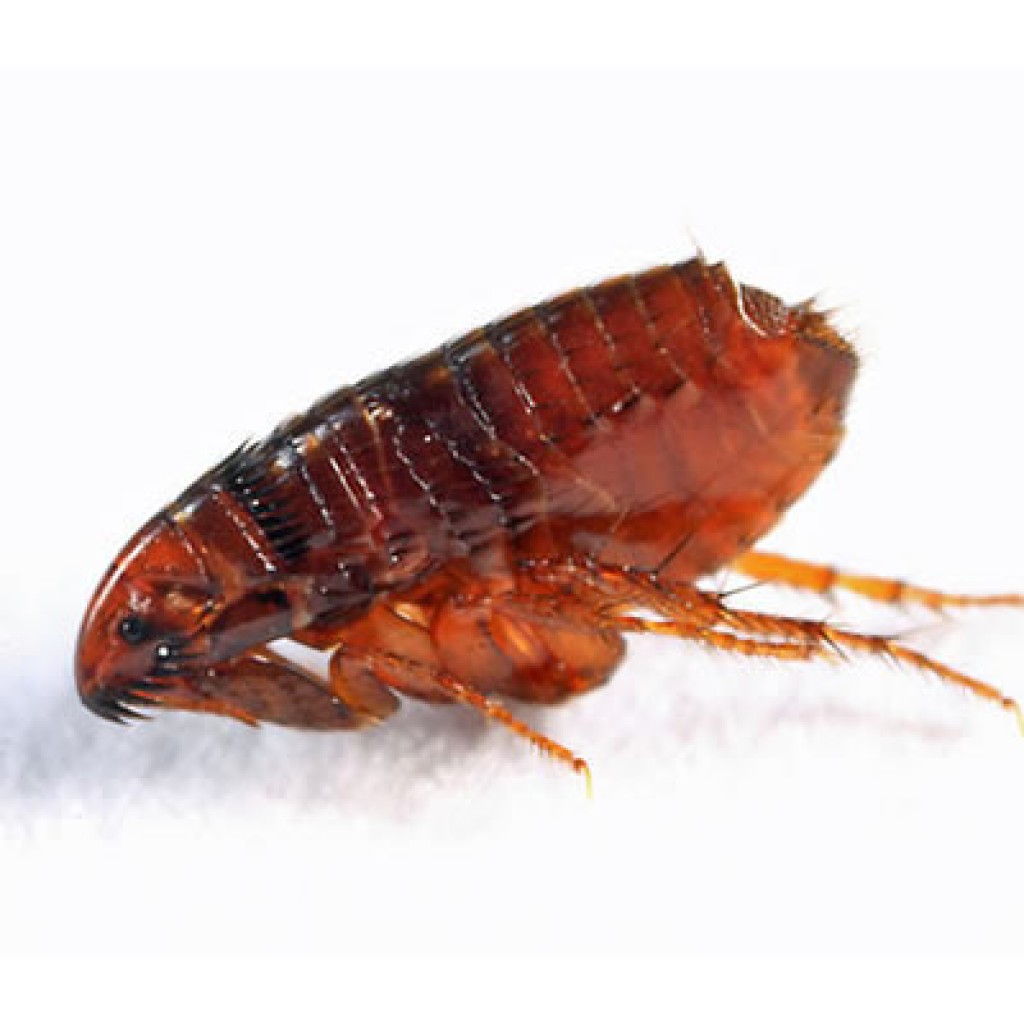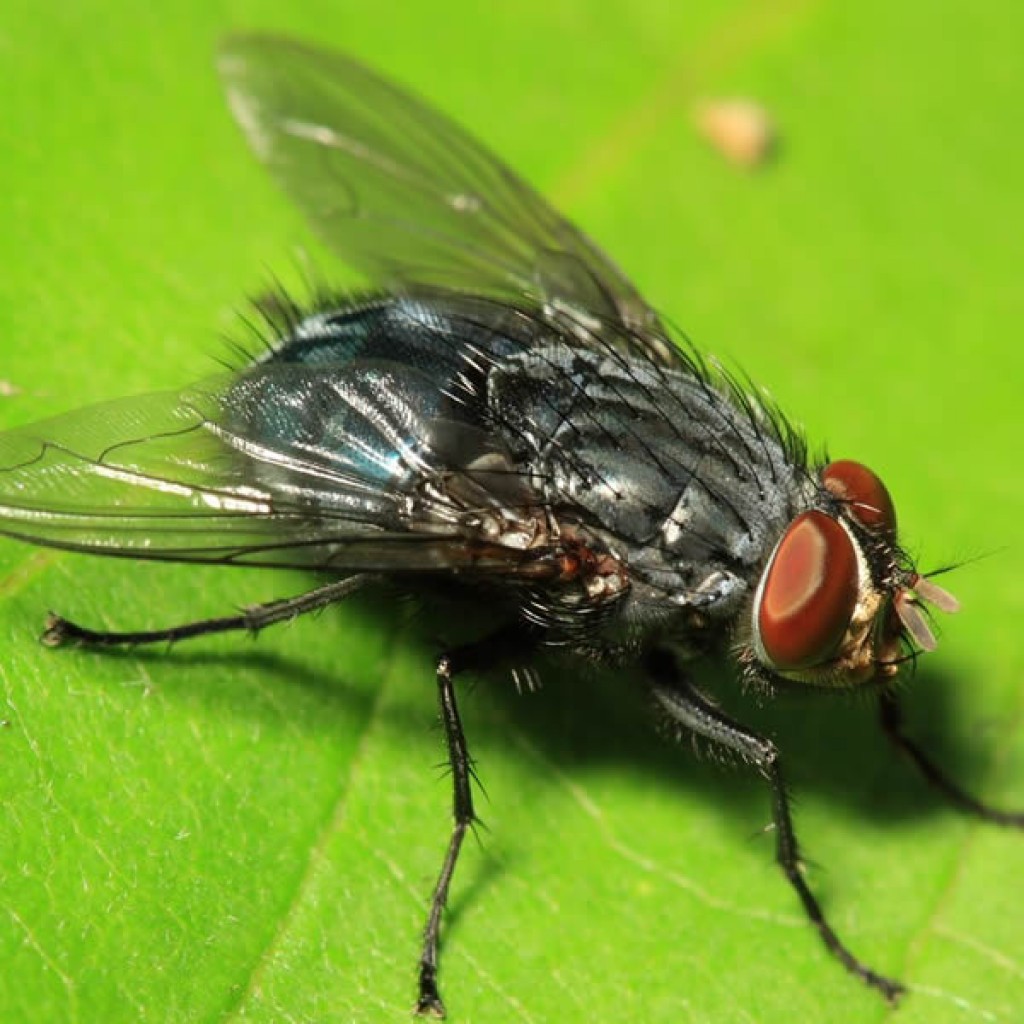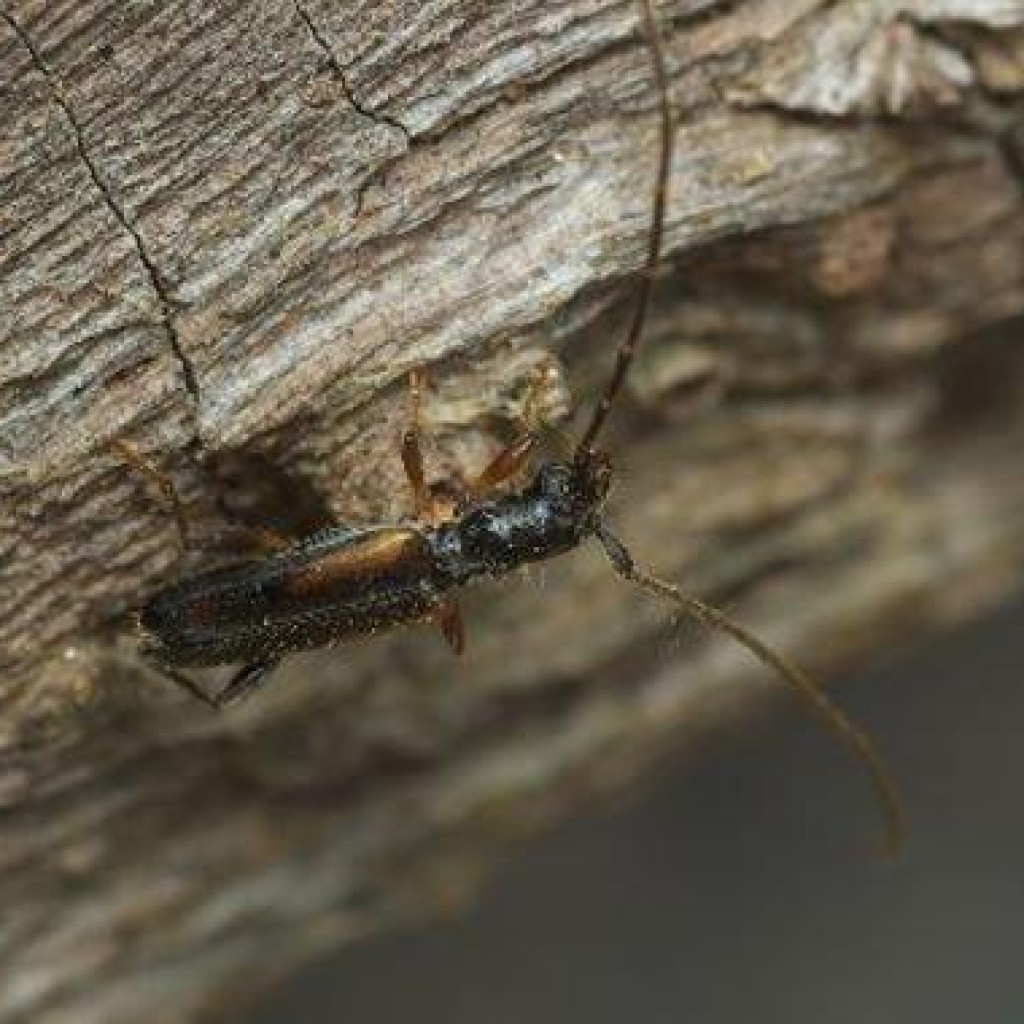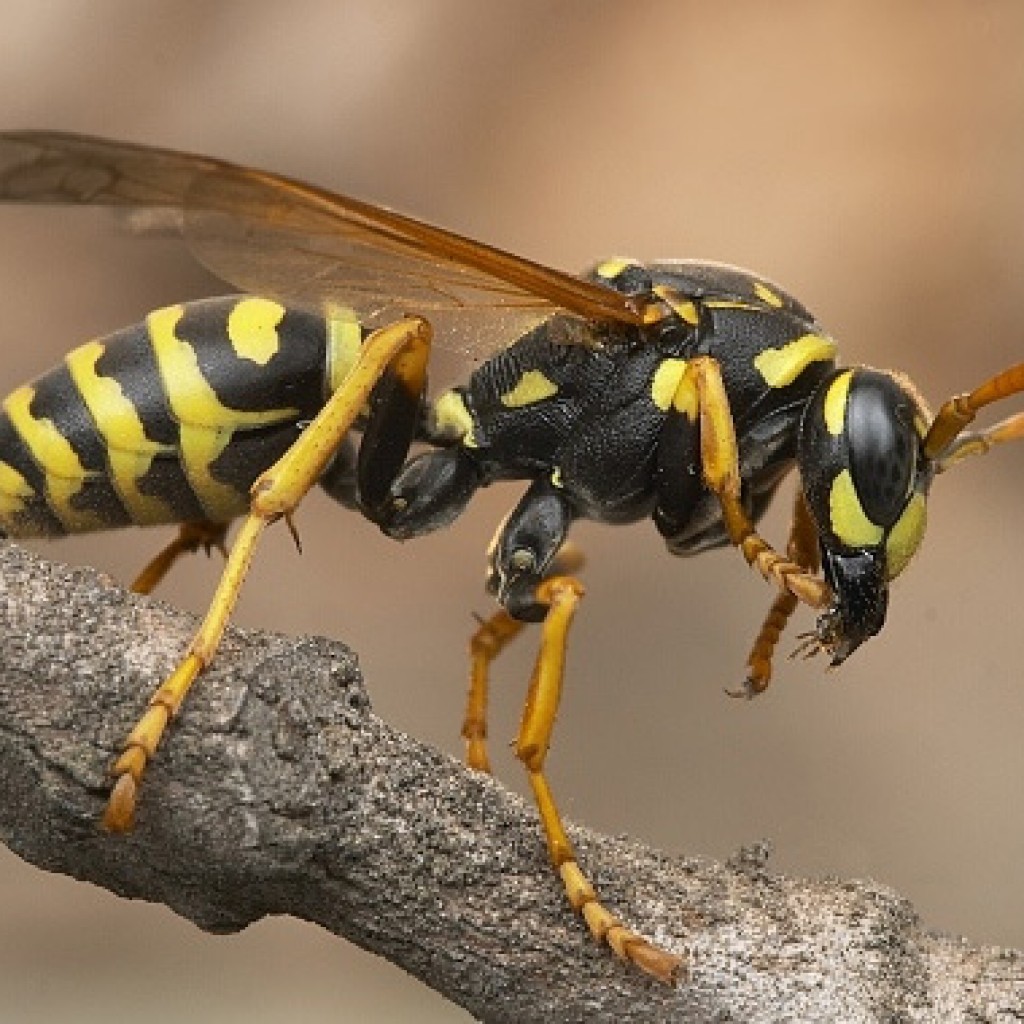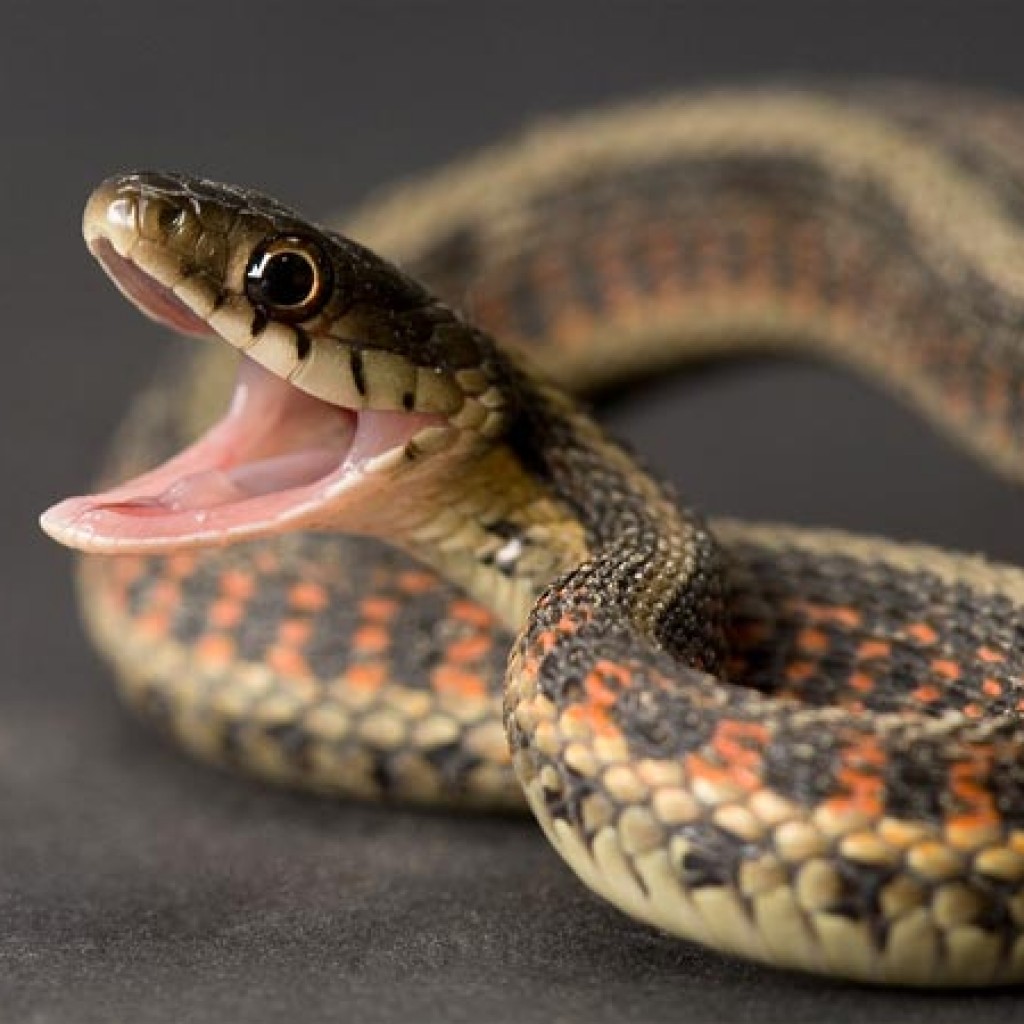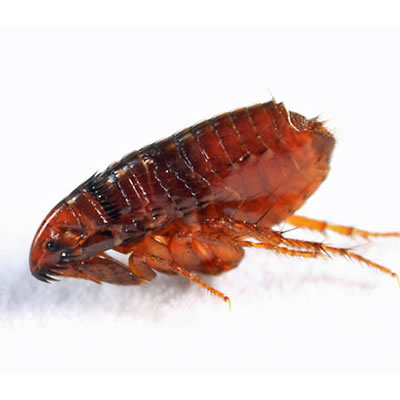
The cat flea is a small sucking insect range from 1–2 mm long and are usually a reddish-brown colour, although this can vary. The cat flea, Ctenocephalides felis, is one of the most abundant and widespread species of flea on Earth. The cat flea’s primary host is the domestic cat
Where
Sign Of Infestation
When
- As soon as possible once you notice cat fleas presence. It can become worst if leave it untreated as the population increase too fast.
How
- RESIDUAL SPRAY
- ULV-MISTING
- TREAT BOTH YOUR PET AND YOUR HOME, AS FLEAS CAN SURVIVE WITHOUT A HOST FOR MANY MONTHS. VISIT YOUR VET FOR ADVICE ON THE BEST PRODUCTS

